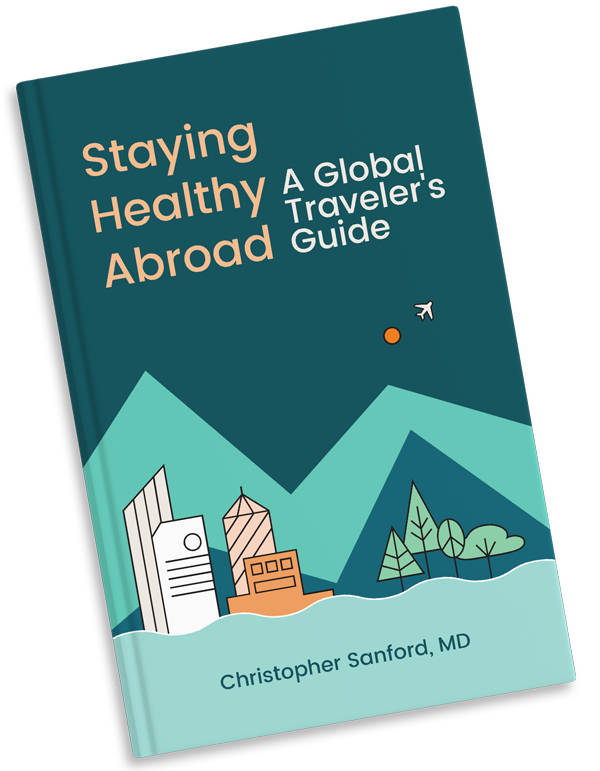E-scooters are fun and efficient, but they’re also quick, small, and silent, making it difficult for drivers of other vehicles to detect them. A 2022 study performed at UCLA concluded that “E-scooters are associated with injury rates more akin to motorcycles than pedal-driven bicycles.”
In 2023, five years after Paris became one of the first cities in Europe to allow free floating e-scooters, Parisians voted in a referendum to ban them entirely. Concerns included safety, parking issues, and rider behavior. New Orleans and Las Vegas have followed suit with ride-share e-scooter bans. However e-scooters remain an option in most large European and U.S. cities.
If you choose to ride an e-scooter, the United States Consumer Product Safety Commission offers a number of tips to reduce risk.
—Wear a helmet. If you plan to ride one when traveling, pack a helmet.
—Wear protective gear: elbow and kneepads, closed shoes, and reflective gear when riding at night.
—Test the brakes.
—Expect that pedestrians and other vehicles will not see you. Do not make abrupt, unpredictable movements.
—Keep both hands on the handlebars.
—Don’t ride under the influence of alcohol or drugs.
—Don’t listen to music or look at your cell phone while riding.
—Use bike lanes when available.
—Do not ride on sidewalks, beach paths, or parks. This put pedestrians, as well as riders, at risk.
—Children under the age of 16 should not ride e-scooters.
Seeing a new city can be exhilarating. Becoming personally familiar with emergency medical response and treatment services will detract from your experience.
References
CPSC Safety Alert: Electric Scooters
Ashley Morgan, MD: Why Children Should Not Ride E-Scooters. healthychildren.org
Kimon L. H. Ioannides, et al. E-scooter related injuries: Using natural language processing to rapidly search 36 million medical notes. PLOS One. April 2022.

Subscribe to my newsletter and get your FREE taste of Doctor Travel’s Staying Healthy Abroad.
By subscribing you agree to the Terms of Use and Privacy Policy.

Subscribe to my newsletter and get your FREE taste of Doctor Travel’s Staying Healthy Abroad.
By subscribing you agree to the Terms of Use and Privacy Policy.


